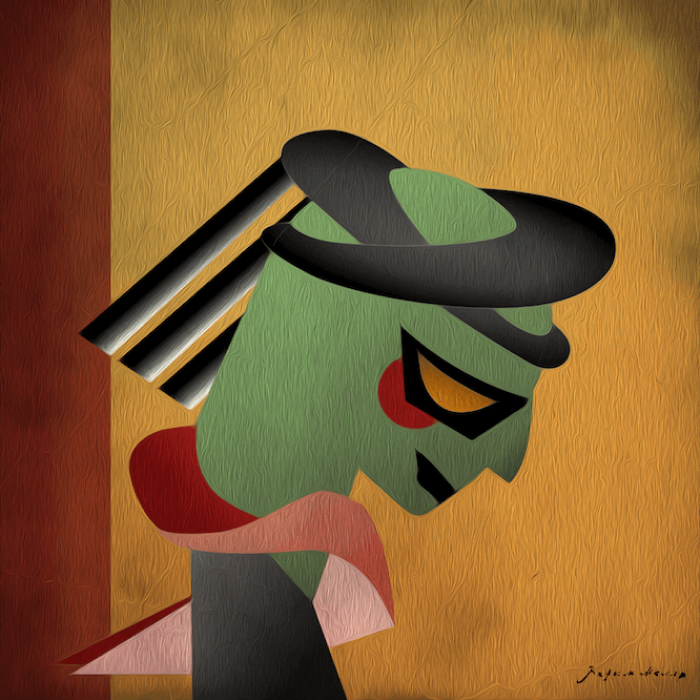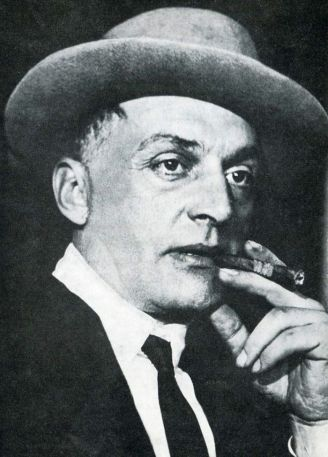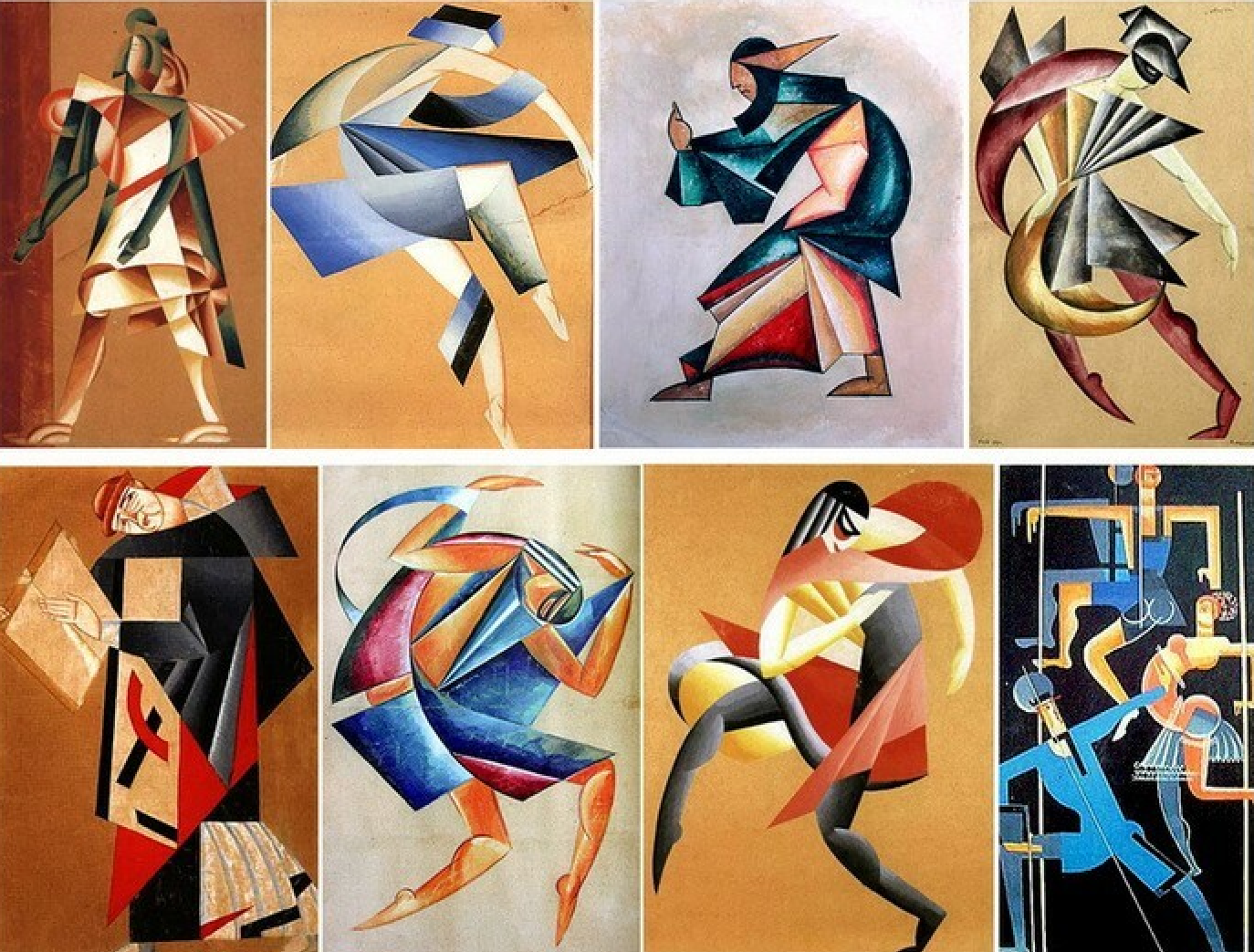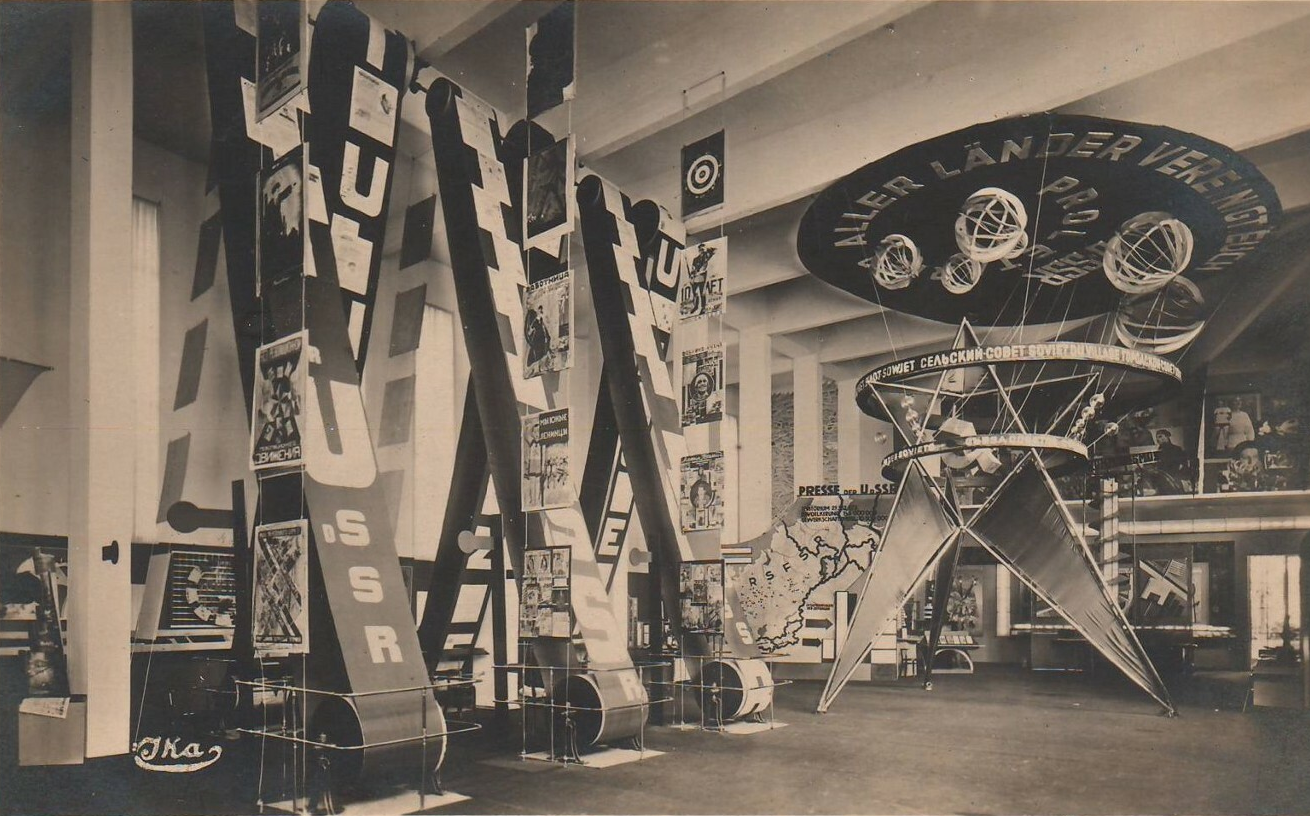SupremePunk #041

Meller
Special Edition SupremePunk. This SupremePunk is created in memory of 137th birthday of great suprematist Vadim Meller. It was inspired by combination of his artworks and CryptoPunk #2484. The outlines resemble a human figure, with the face depicted in profile and at a certain angle (a reference to ancient Catholic images). Meller’s paintings are full of deep inner logic, a fine sense of rhythm, and the integrity of the composition, which is organically linked to the space. The colours of all the SupremePunk’s figures are gradient, which gives them a small amount of volume - this causes a certain contradiction, since some of the figures are deliberately flat and some are three-dimensional. Vadym Meller's artworks belong to the whole Avant-garde era. Abstract painting and Avant-garde easel graphic art are represented as well. However, one can find many more sketches for plays. A stage artist belonging to the Avant-garde era was allowed be diverse and always true.

Vadim Georgievich Meller (1884–1962) was a Russian and Ukrainian avant-garde artist, suprematist, cubo-futurist and constructivist.
The expressively relaxed drawing, characteristic of Meller's early work, would become the basis, the source in later stage productions. Meller's distinctive feature, which we have preserved in SupremePunk #041, is the artist's use of constructive modelling techniques, thereby creating a strong, harmonious, complete form imbued with sharp expressiveness and dynamism". In V. Meller's objects of the outside world acquired the qualities of a "new reality". His striving for style and large-scale form from this time on determined his need for artistic freedom, for a vision with the "inner eye”.

V.G. Meller — Eight sketches of theater costumes for plays, 1919–1920.
There was a common need in the avant-garde cooperation: to move away from everyday-life phenomena, to move towards new poetics, to implement this in forms unseen, born by revolutionary motion. In 1927, with Alexander Kurbas, he traveled to Germany (to the theater exhibition in Hanover) and to Prague. In 1928, together with Lisitzky, Alexander Tyshler and Vasily Yermilov, he took part in the design of the Soviet pavilion at the International Press Exhibition in Cologne.

Soviet pavilion at the International Press Exhibition in Cologne, 1928
In 1934 Vadim Meller worked on the decoration of the Kharkov District House of the Red Army named after K.E. Voroshilov (greatest Soviet general). The building stood for 9 years and was destroyed during the World War 2 in 1943. In 1935 he participated in the design of the Kharkov Palace of Pioneers. His switch to scenography as his main field of artistic activity occurred in the post-revolutionary years. He worked as a constructivist, suprematist and cubo-futurist. Vadim Meller, since the 1920s, has participated in numerous collective exhibitions in Moscow, Kiev, Kharkov, New York.
V. Meller suffered from soviet government as many avant-garde artists. He lost many friends during purges so then Meller was subjected to many interrogations and searches at his home, caught up in the wave of repression that was going on in those years in the USSR. At the end of his life, he and his wife taught art to children in local art schools. Vadim Georgievich Meller died on May 4, 1962, in Kiev in poverty as well as most of suprematist and avant-garde artists in Soviet Union. He is buried in the Baikove cemetery.

Buy

Gallery:
CryptoPunk #2484 that has been taken as a base

Your transaction is in progress

You have connected to the wrong network

Transaction is successful!


